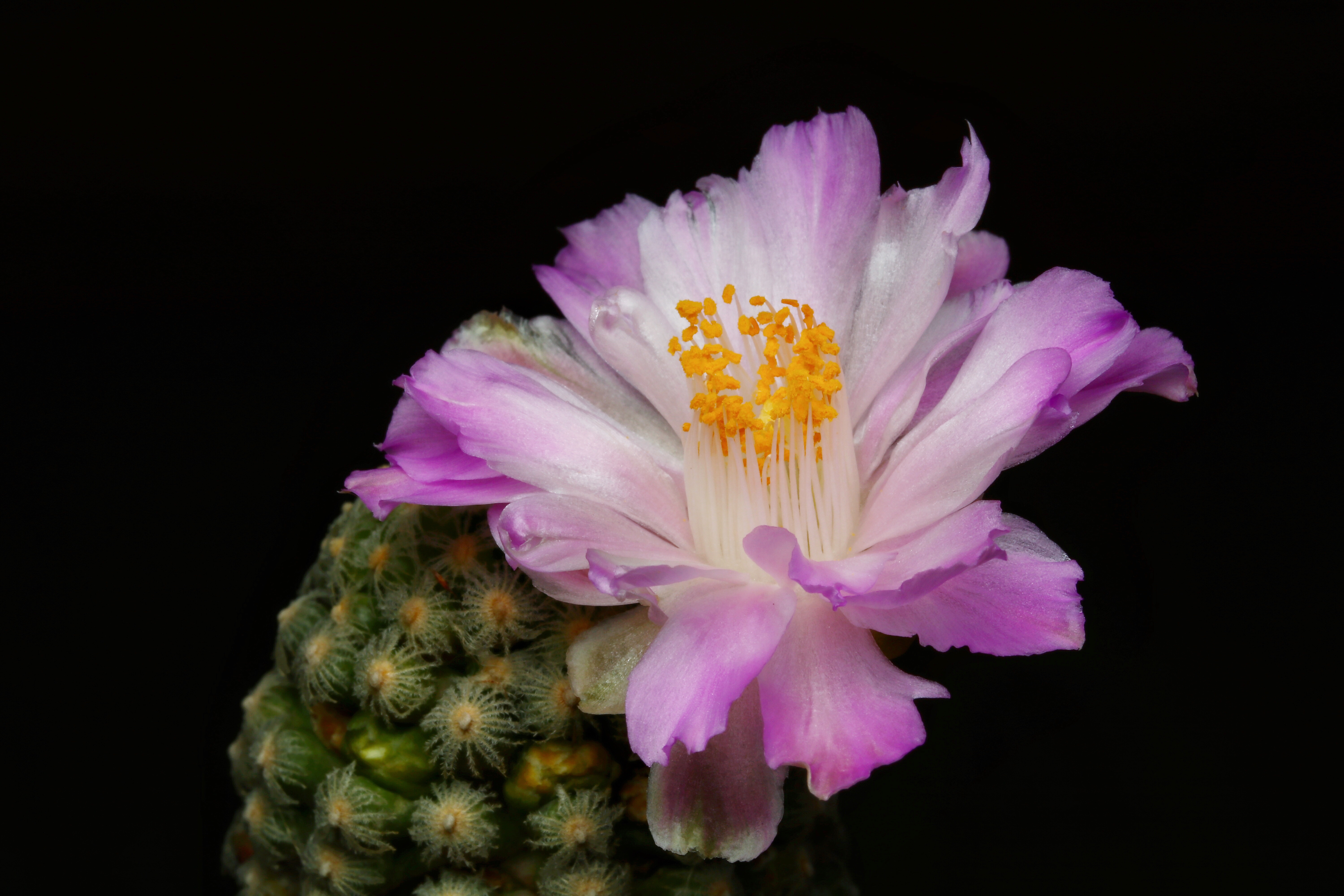Coneto barrel cactus
(Mammillaria theresae)

Description
Mammillaria theresae is a species of plant belonging to the Cactaceae family. It is endemic to Durango in Mexico. Its natural habitat is arid deserts. It has spread throughout the world as an ornamental plant. Mammillaria theresae was described by Ladislaus Cutak and published in Cactus and Succulent Journal 39(2): 239–241, f. 1–5. 1967. Mammillaria: generic name that was first described by Carolus Linnaeus as Cactus mammillaris in 1753, a name derived from the Latin mammilla = tuber, alluding to the tubers that are one of the characteristics of the genus. theresae: epithet given to Teresa Bock, the wife of cactus collector John Bock of Sharon, the discoverer of the species. It is a biznaga of the Cacteae tribe, Cactaceae family. It is a cactus that has simple or branched growth. Its stems are globose to cylindrical in shape, 2 to 4 cm tall and 1 to 2.5 cm in diameter. Stem protuberances (tubers) are cylindrical, olive green with purple tinges and present watery juice, the space between them (axils) with flecks of wool. The sites where the spines develop are called areoles, in this species they have a circular shape, with more or less 22 to 35 spines on the edge (radials), translucent white to yellowish, feathery. The flowers are medium-sized and funnel-shaped, 35 to 45 mm long and 30 mm in diameter, purplish or purplish-violet. The fruits are in the form of chilitos, a part remains embedded in the stem, the seeds are black.
Taxonomic tree:







